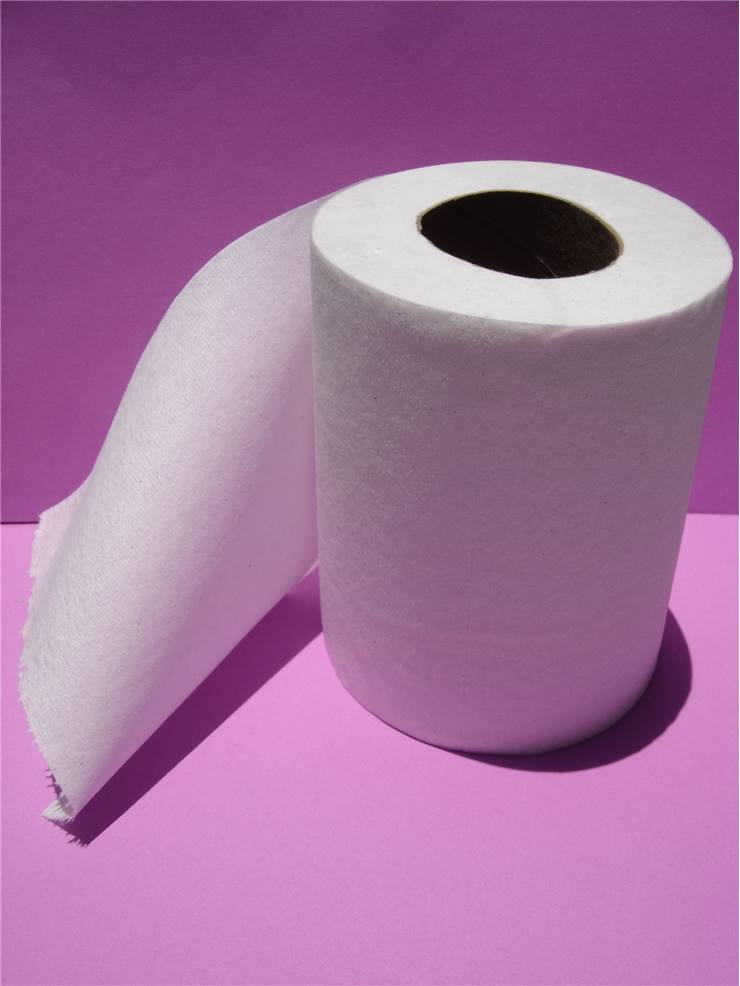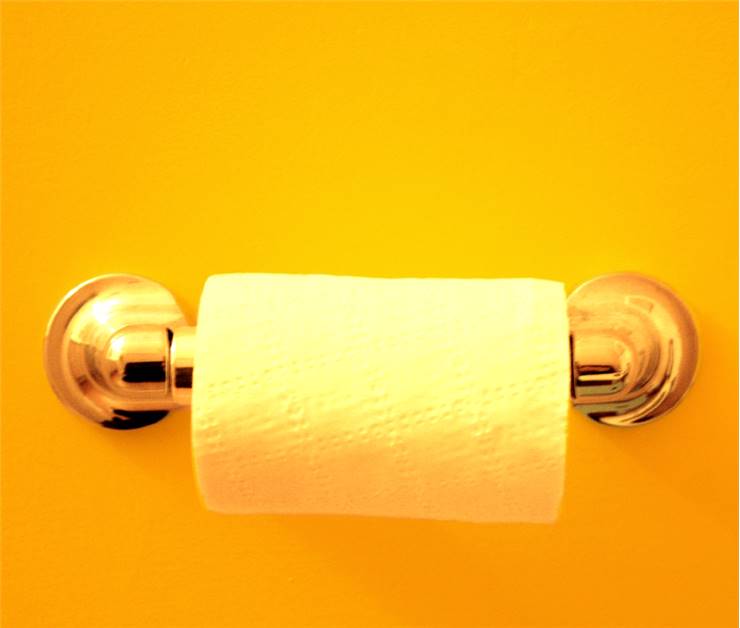The Toilet Paper Manufacturing Process
The biggest difference between toilet papers is the distinction between virgin paper products (formed from chipped wood) and those made from recycled paper. So there are two kind of manufacturing process for the toilet paper.
The toilet paper manufacturing process starts by creating a paper. Paper is sometimes created from recycled materials, but materials like virgin tree pulp is also used. The toilet paper we use today is usually a paper made from trees, but the paper from hemp plant is used too. When hemp plants are used, we get the paper from hemp’s fiber and pulp. However, most toilet paper today is made from a “chemical pulp”.
Materials needed to make toilet paper are:
- Trees
- Water
- Chemicals for extracting fiber
- Bleaches like chlorine dioxide
For paper recycling, companies use oxygen, ozone, sodium hydroxide, or peroxide to whiten the recycled paper. Toilet paper is often perforated, scented, embossed and colored. There are several differences in manufacturing process depending on what materials are used to make toilet paper.

If toilet paper is made of recycled paper, process starts by many different kinds of paper being mixed together. Next step is choosing a solution to remove ink. Recycled paper needs to be washed and is often deinked prior to being pulped. Toilet paper is then pulverized and reformed into very thin and soft paper. At the end of process toilet paper is bleached and scented.
Making toilet paper from the trees
Manufacturers don't use all types of trees to make paper. Toilet paper is generally made from "virgin" paper, using a combination of softwood and hardwood trees (a combination of approximately 70% hardwood and 30% softwood).
The paper manufacturers try to find a compromise between durability and a fine writing surface on their product. Other materials for final product of toilet paper include water, chemicals and bleaches.
Steps:
1. Preparing trees (a combination of softwood and hardwood trees). Trees are stripped of their bark.
2. The logs are carefully debarked with machine to leave as much wood as possible.
3. The logs pass through machines that chip them into small pieces.
4. The wood chips are separated into batches.
5. A massive pressure cooker (a digester) cooks the wood chips with other chemicals for approximately 3 hours. The moisture in the wood is evaporated and the mass is reduces to cellulose fibers, lignin and other substances. Result is usable fiber, called pulp. The pulp is what paper is made from.
6. The pulp is then washed clean of the lignin and the cooking chemicals
7. The washed pulp is bleached until all the color is removed. The adhesive that binds fibers together (lignin) must be removed from the pulp or the paper will become yellow over time.
8. The pulp is mixed with a lot of water to produce paper stock (99.5% water and 0.5% fiber). The paper stock is sprayed onto screens of mesh that drain the water.

9. The paper is then pressed and dried to final moisture (content about 5%).
10. The paper is scraped off with metal blades and wound on jumbo reels. Then the paper is moved to machines that cut it into long strips and perforate it into squares. Finally, the paper logs are cut into rolls and wrapped packages.
Check our article that describes how toilet paper is made from recycled materials!

